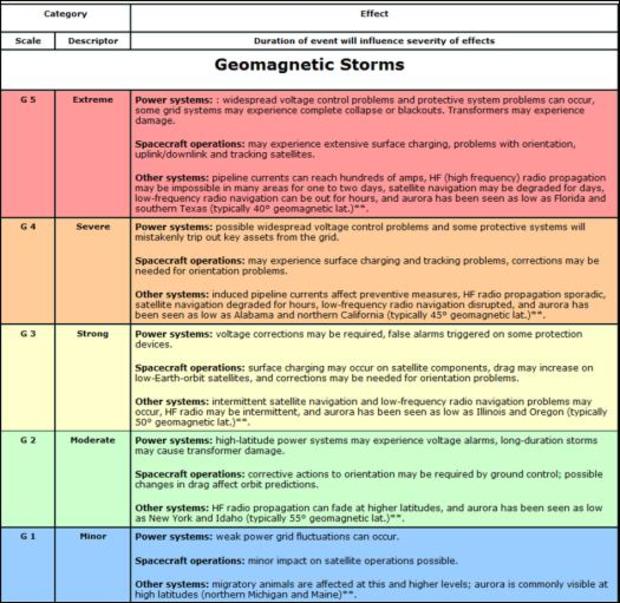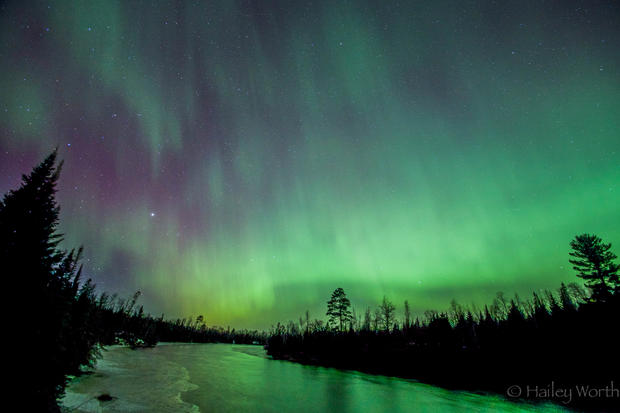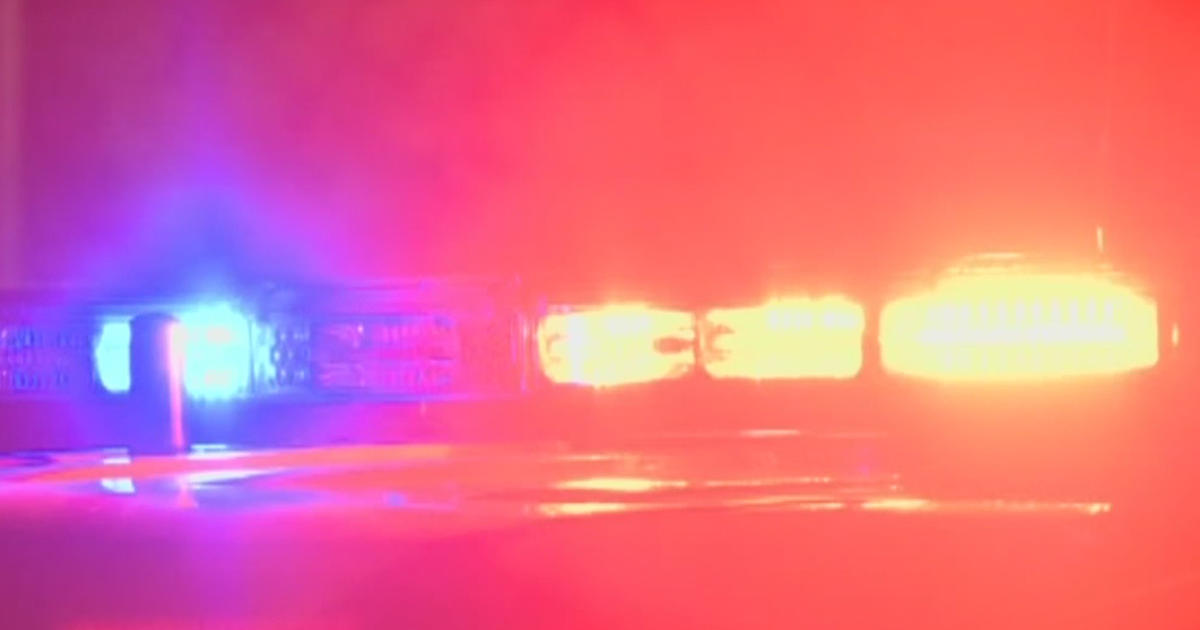Lauren's Science Corner: Aurora Edition
A severe geomagnetic storm ignited an epic outbreak of the aurora borealis across northern latitudes worldwide over the last two nights!
(Video from Warren, MN from Robert Benda)
The aurora borealis, or the Northern Lights, forms when charged particles emitted from the Sun in a sort-of river, known as a solar wind, travel to, arrive and interact with the Earth's magnetic field. A burst of solar wind on a massive scale is called a coronal mass ejection or CME.
One of two CME's which led to St. Paddy's auroral event:
The occurrence of a CME increases the likelihood of aurorae formation by delivering an abundance of solar particles which travel along the Earth's magnetic field toward the Poles, where they collide with atoms in Earth's upper atmosphere. This interaction is referred to as a geomagnetic storm.
The geomagnetic storm on Monday and Tuesday intensified to "severe" strength, the second-highest level on the National Oceanic and Atmospheric Administration's (NOAA) Space Weather Scale for Geomagnetic Storms. (Yes, there's a scale for that!)
This storm was also the strongest of this current solar cycle, the periodic change in the sun's activity and appearance, which began in 2008. As you might expect, the stronger the geomagnetic storm, the more brilliant and widespread the displays of the Northern Lights are observed.
The color of the aurora is related to which atmospheric atoms the solar particles collide with and the altitude at which the collisions occur. Green results from oxygen atoms, up to 150 miles in altitude, Red: oxygen, above 150 miles, Blue: nitrogen, up to 60 miles, Violet: nitrogen, above 60 miles in altitude.
CME's not only initiate aurorae formation, but also are capable of negative impacts to power systems with the potential to cause widespread electrical grid issues, even failures, to the disruption spacecraft tracking such as satellites, to interfering with radio communication and GPS signals used by airliners traveling across the Arctic between North America and Asia.
On March 13, 1989 a powerful geomagnetic storm caused a total shut down of Hydro-Quebec, the power grid servicing Canada's Quebec province, the country's second most populous. Service restoration took more than nine hours. During this storm, NASA reported "that some satellites actually tumbled out of control for several hours" and auroral displays could be seen as far south as Texas and Florida.
Related: Gallery of St. Paddy's Day Northern Lights
On Jan. 24, 2012, a geomagnetic storm caused Delta Air Lines to redirect at least a half a dozen airplanes that had been routed over the North Pole.
The most intense geomagnetic storm to ever impact the planet, known as the Carrington Event, occurred in 1859, and according to NASA, "skies all over planet Earth erupted in red, green, and purple auroras so brilliant that newspapers could be read as easily as in daylight." Aurorae were witnessed over Cuba, the Bahamas, and Hawaii!
This event though also induced the failure of telegraph communications world-wide and as NASA reports, "spark discharges shocked telegraph operators and set the telegraph paper on fire."
A storm of this magnitude in today's technology-driven society would be, well, really bad ...








